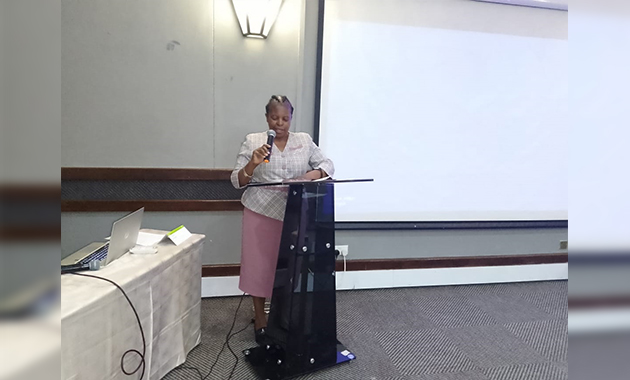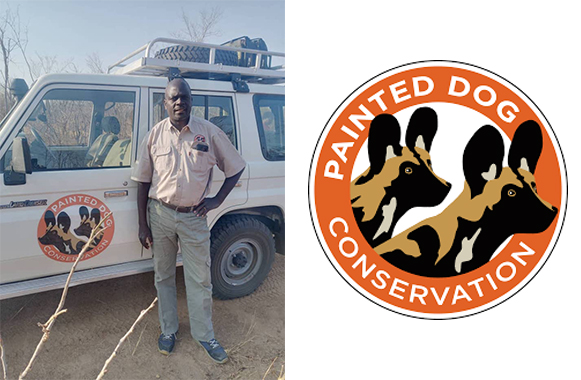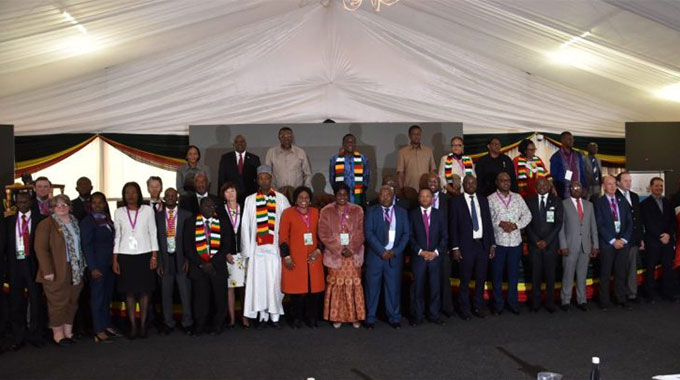Mangwe cattle breeders get their dues

She hopes to have them fattened so she can sell them and earn some money to pay school fees for her children. It is her second time taking her cattle to the highly successful community fattening project. The experiment seems to be bearing fruit.
“Before the cattle fattening project was initiated, I used to be cheated of my cattle by middlemen, who took advantage of the fact that I was desperate for cash and that my cattle were thin. They used to buy my cattle for as little as $150 to $200 each before this cattle fattening project started. Today if I send my cattle for fattening at Smith Block Feedlot in Marula after 60 to 90 days of feeding, they will fetch between $600 to $800 each and I will be able to pay school fees and fend for my children,” said Mrs Moyo.
She is among the many cattle owners in Mangwe who have embraced the cattle fattening project initiated in Marula, Mangwe district in Matabeleland South province in September last year. The cattle fattening project is a brain child of Mangwe Farmers’ Association in conjunction with Grills Bulawayo Abattoirs. It is supported by a non-governmental organisation SNV and seeks to save the cattle from recurrent droughts as well as enable farmers to realise more from selling their livestock. In the end, this would benefit the surrounding communities and farmers.
The project involves feeding the cattle for two to three months for a fee. The cattle under feeding will gain about two kilogrammes in weight per day. A beast can be brought for fattening weighing an average of 200 to 250kg and after two months the beast would have gained 120kg depending on its type. Thereafter it will be ready for sale.
A farmer, Mr Simon Ncube, of Ward 11 Smith Block Farm, said recurrent droughts forced him to join the cattle fattening project.
“I usually had nothing from crop farming even after growing the drought resistant crops. They (drought resistant crops) have not been spared either due to erratic rains.
“Fattening my cattle is sustaining my family. I can send one for fattening and the money I get will buy supplementary food and some chemicals for other livestock. Last time I got $600 after fattening one,” said Mr Ncube.
Matabeleland region falls under agro-ecological regions four and five and as a result receives very marginal rainfall. Its climatic conditions are mostly favourable for cattle rearing and game ranching.
The Marula cattle fattening project is viewed as a long-term project that will spread to most drought-stricken areas in the region and even beyond. The exercise is expected to contribute towards restocking the national cattle herd.
The project coordinator representing Grills Bulawayo Abattoirs, Mr Ndodana Dube, said the project has several benefits for the communities.
“The project is helping save livestock from starvation as farmers who join the scheme are able to raise enough cash to buy stockfeed for their cattle.
“We also dose the cattle on induction against diseases such as botulism and black quarter. We also use dip chemicals to prevent the animals from other diseases during the feeding period,” said Mr Dube.
Successive years of droughts in Matabeleland South have forced many farmers and villagers in Mangwe to come up with survival strategies that include the cattle fattening project among others.
Mr Norman Ncube of Ward 11 in Marula said communities have welcomed the project, although it came late when most had lost their livestock and crops to drought.
“As a community, we are benefiting much from the cattle fattening project. Our cattle are now fetching good prices on the market after fattening. We can sell one animal after fattening at a good price. The highest price one can fetch for a beast is $1 700 and the least price is about $600 depending on the quality and weight of the beasts. People are now able to feed and send their children to school,” said the village head.
Mr Ncube said most villagers had lost their cattle due to drought so the project by Mangwe Farmers’ Association had raised the hopes of many families and eased poverty.
Mangwe Farmers’ Association chairman, Mr Adam Bango, also said the fattening project was benefiting the community. He said that he was confident the project will contribute immensely to the rebuilding of the national herd.
He said the prices for the fattened cattle can be negotiated between his association, the Grills Bulawayo Abattoirs and the feedlot committee together with the owners of the beasts.
Smith Block Feedlot caretaker manager, Mr Alfred Moyo, said the feedlot accommodates about 200 cattle for between two to three months with each beast charged $10 for fattening.










Comments